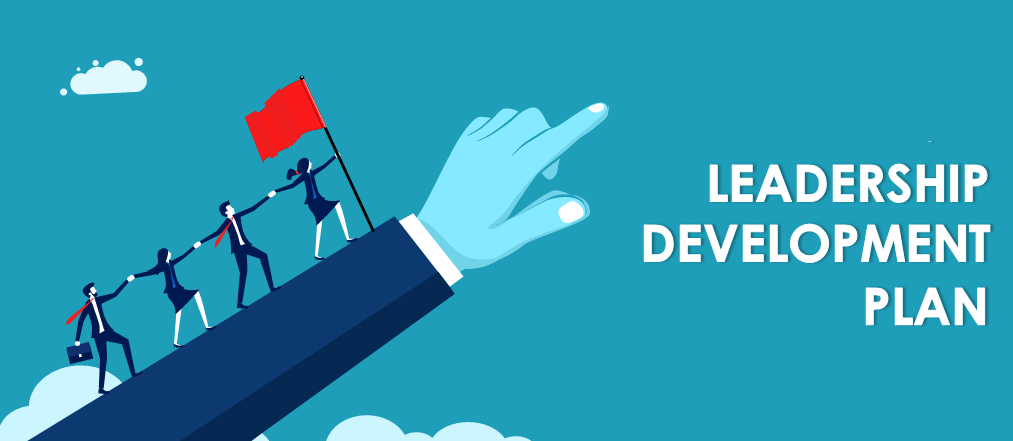A Leadership Development Plan is a crucial tool to ensure your professional growth aligns with your career goals. It serves as a comprehensive roadmap outlining the learning activities and professional development initiatives you’ll undertake over a specific period. The primary objective is to enhance your leadership capabilities. Creating an effective plan requires careful thought, collaboration, and structured thinking, ensuring it leads to meaningful change. Your plan should be tailored to your unique needs and style, making it genuinely motivating. This way, you can acquire valuable skills, enjoy your career, and achieve your leadership aspirations.
Follow these 10 steps to create a robust Leadership Development Plan:
- Define Initial Development Goals:
Identify why you want to create a leadership development plan. Are you at the beginning of your career, preparing for higher-level roles? Or are you in the middle of your career, seeking broader networking and enhanced skills?
- Assess Your Traits and Personality:
Gain an understanding of your temperament, strengths, and personality. Consider using appropriate assessment tools that align with your goals and needs. While personality assessments may seem imprecise, they are a crucial step in customizing your leadership development strategy.
- Study Great Leaders’ Traits:
Explore the qualities and traits of renowned leaders. There are abundant resources, including biographies, that offer valuable insights. Create a list of these traits and identify the ones you aspire to develop, such as creativity, vision, communication, and honesty.
- Identify Core Values:
Recognize that individuals with different values may define leadership traits differently. Your values will influence how you express these traits and goals. Your core values are relatively constant and guide your decisions. Learn about the values associated with social enterprises to cultivate leadership.
- Craft a Personal Vision Statement:
Your vision statement can encompass a broader mission or focus solely on your career. It should reflect a balanced life, leadership, and ethical principles. Incorporating this statement into your overall business plan can have a significant impact.
- Seek External Feedback:
Gather input from those who know you well—family, peers, and friends. Ask them to describe your strengths, behaviors, and traits. Additionally, inquire about what others say about you in your absence.
- Set Ultra-Specific Goals:
Prioritize the skills you want to develop. These top skills should align with your vision, facilitate learning of other skills, or positively impact your career. Create a couple of ambitious goals based on your prioritized skill list, making sure they are SMART (Specific, Measurable, Attainable, Realistic, and Time-Bound).
- List Skills to Develop:
Compile a list of your current skills, including interpersonal, personal, leadership, networking, and technical abilities. Identify several preferred skills and note which ones require development. Compare your list with those of other successful leaders.
- Create a Written Plan:
Draft a well-structured plan that goes beyond being a mere document. An effective plan can be seamlessly integrated into your work routine.
- Execute and Monitor:
Regularly track your progress. Monitoring your accomplishments can serve as motivation and enable you to make necessary adjustments to the plan when faced with new opportunities and challenges.
In addition to creating a solid Leadership Development Plan, seek the guidance of a mentor or leader. They can provide valuable feedback and support you on your journey to becoming a successful leader.”





